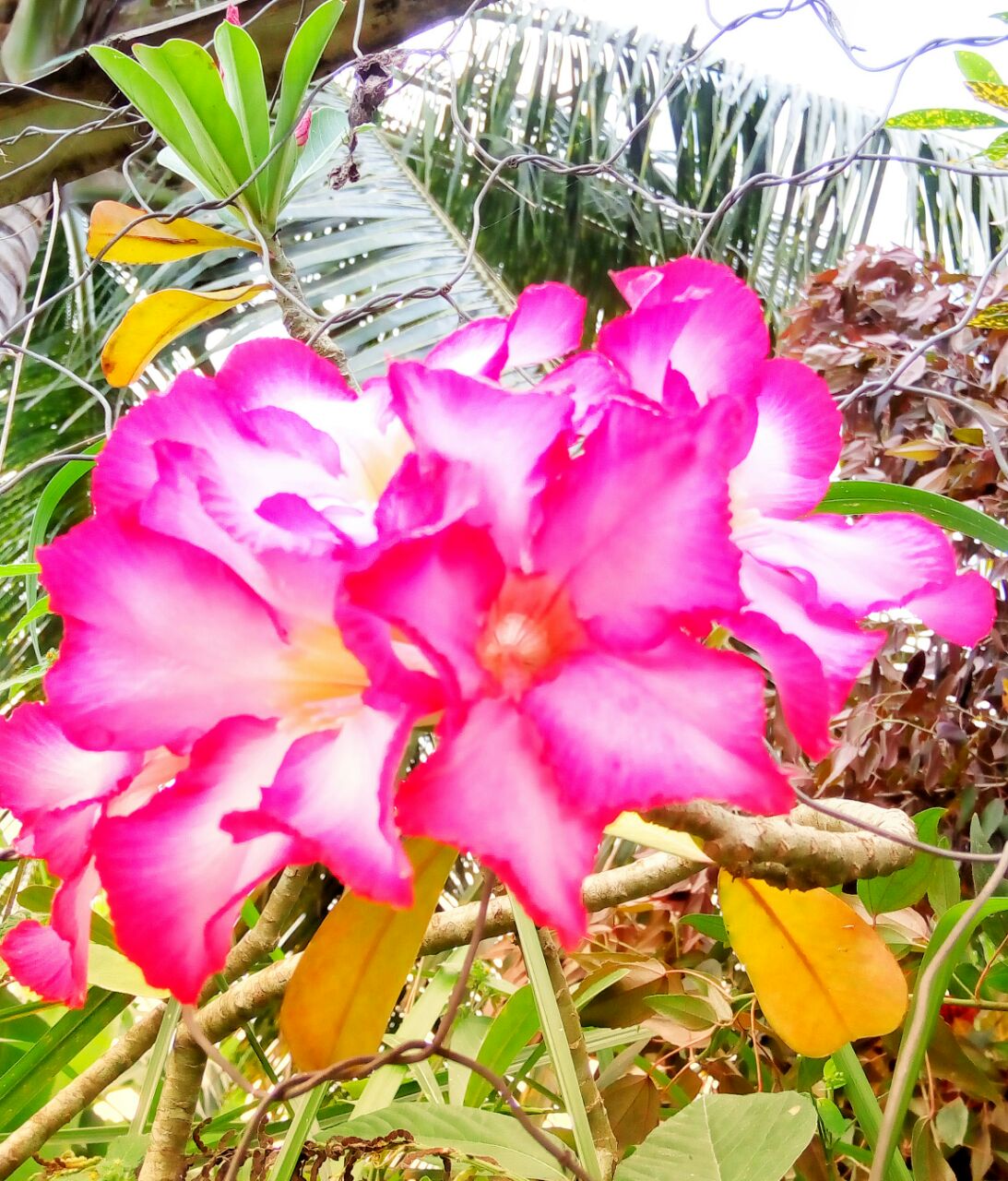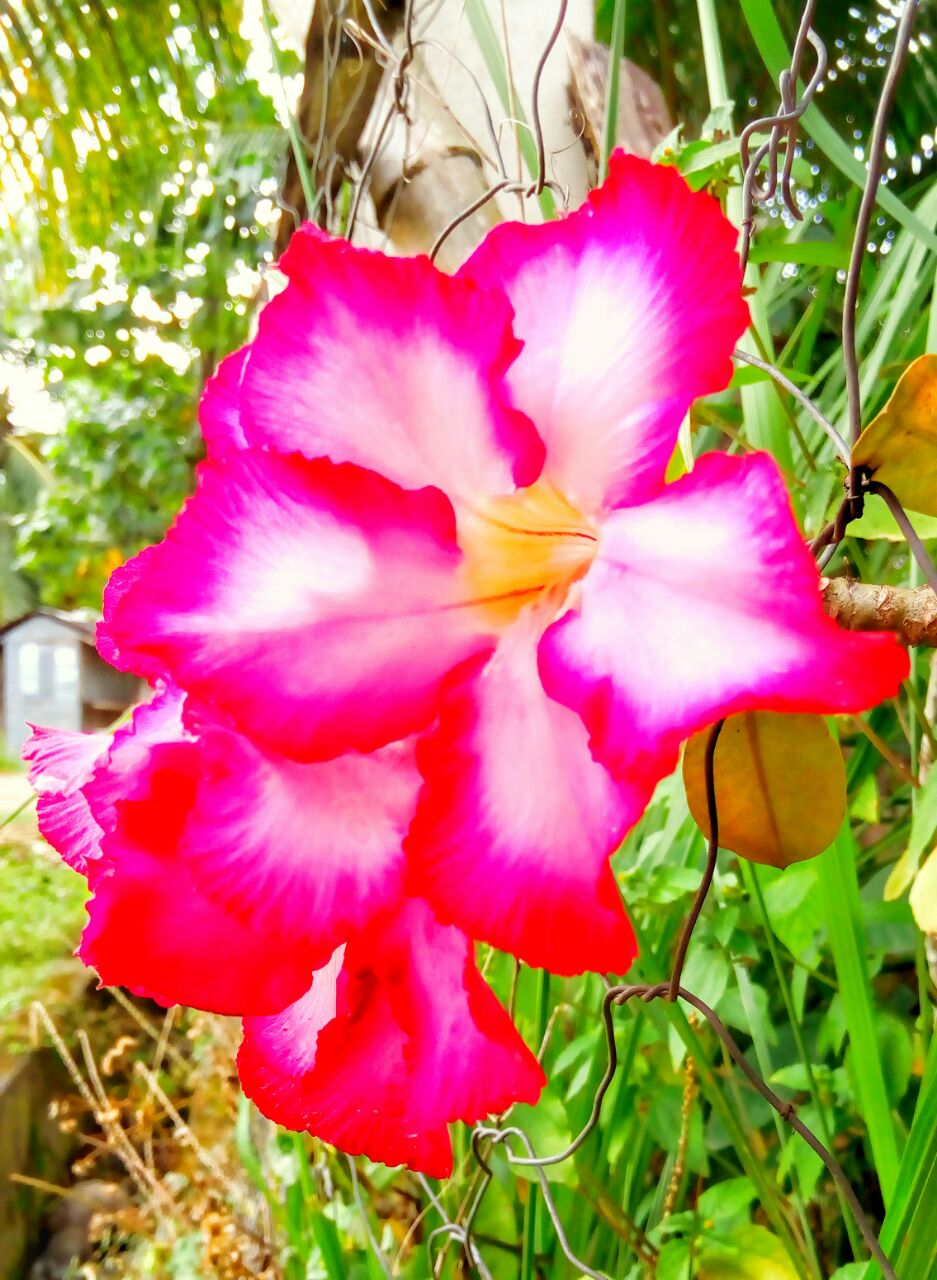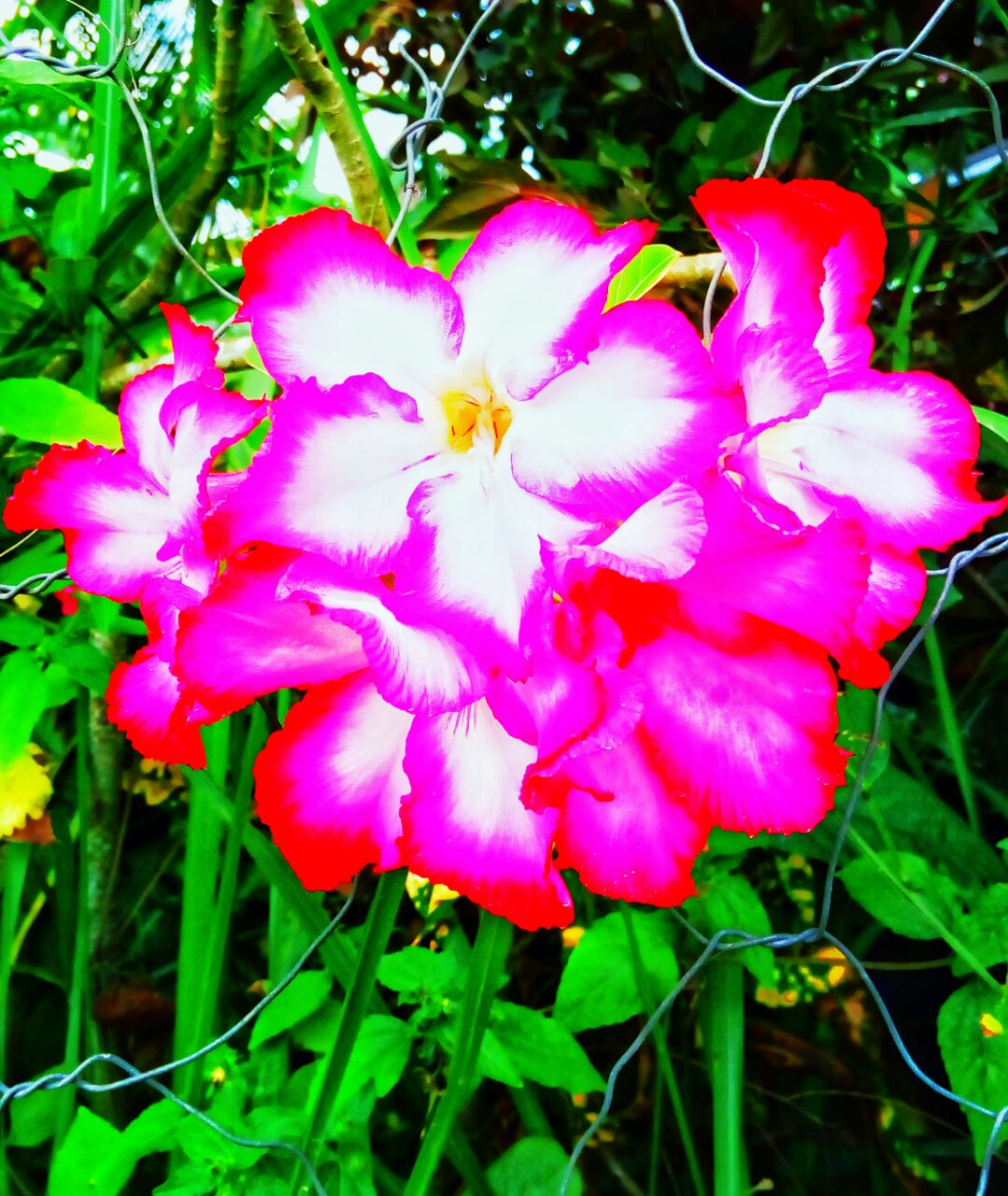Walkwithme~Cambodian Flower Articles and Its History
.jpeg)
Flower "Cambodia" is a flower of various colors with beauty and beauty is not immeasurable so that if any flowers fall fall I take to tuck ears. Tucked frangipani ears really make my heart become more radiant. My heart was stung aura of fragrant and beautiful. So sukanya on Cambodian flower or also called Jepun menginspirasiku make Blog with the name of beautiful flower giving of God "Cambodia Blue" Jepun Bali or Cambodia many have color, yellow, white, pink or red. Very beautiful to look at, the people want different Cambodia ....
.jpeg)
There is an interesting story about Cambodian flower or Semboja or Jepun ....
let's see the story ....
Frangipani is another name of Plumeria or commonly called frangipani flowers. In Bali, this flower is known as jepun flower (Nerium oleander L). Cambodia or semboja or Jepun is a group of plants in the clan of Plumeria. The shape of a small tree with a rare but thick leaves. The flowers are very distinctive fragrant, with a white crown to a purplish red, usually five strands. Flowers with four or six flower crowns by a particular society are considered to have supernatural powers.

This plant comes from Central America. The name Plumeria was given in honor of Charles Plumier (1646-1706), a French botanist. Though from a distant place, the frangipani is now a very popular tree on the island of Bali because it is planted in almost every temple and corner of the village, and has an important function in local culture. In some parts of the archipelago, including Malaya, kemboja is planted in cemeteries as shade plants and placemarks. Frangipani can be propagated easily, through stem cuttings.
Plumeria is currently popularly used as an outdoor ornamental plant originally this plant is only used as a grave plant.
.jpeg)
Historically, the word "frangipani" is the name of the Italian nobility. In the 16th century, the Frangipani family created a perfume extracted from frangipani flowers. Flowers and designations frangipani often used as the object as well as the title of the painting. This word is also often used in some English literature.
The Pumeria plant whose poisonous sap consists of Common Frangipani, Champa and Red Frangipani. The flower which is the symbol of the city of Palermo in Sicily, Italy has varied colors ranging from yellow, white, pink and red. Frangipani is a Nicaraguan national interest and appears in the country's banknote.
The Plumeria family is very noticeable at night. It is intended to attract insects to pollinate. Although frangipani has no nectar, its fragrance is thought to be the flower extract for the gods.
In Malay folklore, the fragrance that appears at night is often associated with ghosts or vampires. In Indonesia, frangipani trees are often planted in the burial area, and in signaling is where the haunted ghost. In Bangladesh, white frangipani flower is associated with death and burial. This is also believed by people in the Philippines and India. Even in India this tree is called Tree of Life. The tree of life that symbolizes eternal life.

In the area of Bali, frangipani flowers are divided into two major groups namely Java jepun and jepun Bali. Javanese javanese commonly called kamboja grave is broad-leaved and white flowering. Jepun Bali consists of various types. One of them is the type of sandalwood that supposedly most fragrant. Frangipani plants are usually easy to plant and do not require special care. Cultivating cambodia can be done with various ways such as vegetative and generative.

Vegetatively multiply the frangipani can with a tucked or graft on the stem. And generatively done by sowing kamboja seeds on planting medium.
Frangipani plants contain many chemical compounds that are very useful for human health, such as plumeric acid, serotonic acid, plumierid, and agoniadin. While the skin contains bitter toxic substances and the sap contains damar and plumeria acid. While the roots and leaves contain saponins, polyphenols, alkaloids, and also fenetilalcohol. And the compound fulvoplumierin contained in almost all parts of this plant is useful to inhibit dysentery, respiratory inflammation, tuberculosis, and hepatitis
Besides being used for religious ceremonies, jepun interest has promising selling value.
In the market, dried kambja perkilo is priced between Rp 15.000 - Rp 30.000. Frangipani is processed as raw material for incense craft industry, fragrances, cosmetic ingredients and spas that are even exported to China.
Initially powder incense imported from the island of Java. However, as demand grew, demand for dried frangipani grew higher, and the price soared. For that, the people of Bali began to take advantage of jepun fallen flowers are usually just a garbage. Utilization of "junk" is very important, because the quality of flowers is the natural fallen flowers.
The fallen flower is then dried. Flowers are dried in the sun for 3 - 5 days. Once dried, the flowers are pounded and processed into powder. These raw materials can be directly sold to craftsmen for a mixture of deodorizer, incense, and a mixture of scrubs in beauty salons.
Woff, woff!
Hello @ahmed13, Nice to meet you!
I'm a guide dog living in KR community. I can see that you want to contribute to KR community and communicate with other Korean Steemians. I really appreciate it and I'd be more than happy to help.
KR tag is used mainly by Koreans, but we give warm welcome to anyone who wish to use it. I'm here to give you some advice so that your post can be viewed by many more Koreans. I'm a guide dog after all and that's what I do!
Tips:
Unfortunately, Google Translate is terrible at translating English into Korean. You may think you wrote in perfect Korean, but what KR Steemians read is gibberish. Sorry, even Koreans can't understand your post written in Google-Translated Korean.
I sincerely hope that you enjoy Steemit without getting downvotes. Because Steemit is a wonderful place. See? Korean Steemians are kind enough to raise a guide dog(that's me) to help you!
Woff, woff! 🐶
yes,,,,thanks @krguidedog. I hope to write better
kr-guide!